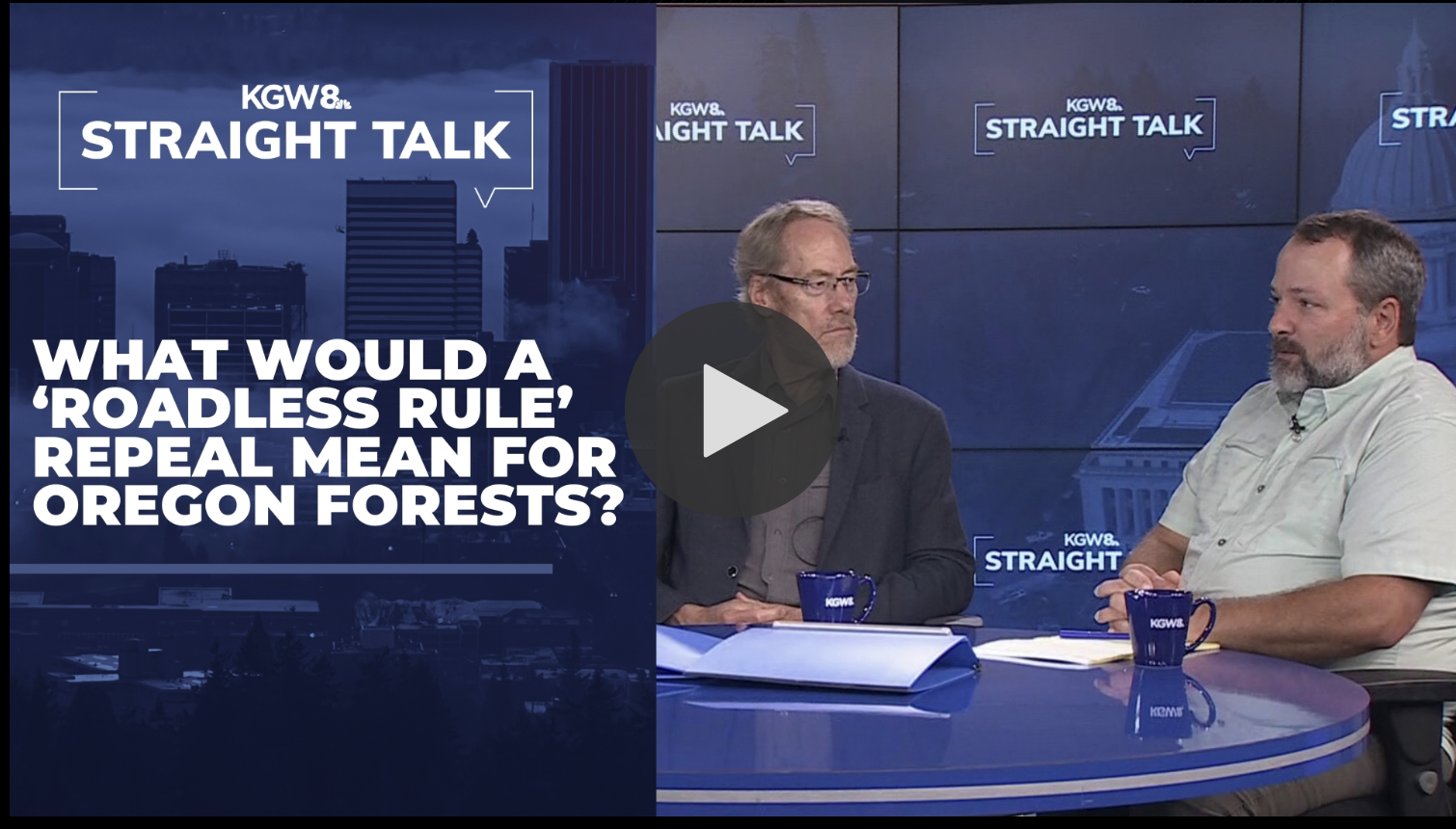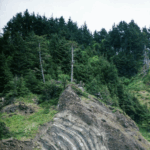OREGON, USA — Nearly two decades of protections for some of the Pacific Northwest’s most treasured landscapes could be dismantled as the Trump administration moves to repeal the “Roadless Rule,” a Clinton-era policy that restricts logging and road building on vast stretches of national forest.
What the Roadless Rule Does
Established in 2001, the rule limits development on roughly 60 million acres of national forest nationwide. In Oregon, about 2 million acres are covered; in Washington, about 2.8 million acres.
The idea was to preserve remote lands that had historically seen little or no commercial logging. These areas were set aside for their environmental benefits: clean water, wildlife habitat, and recreation.
Also Read
“There were millions of acres of national forests that were less accessible, more difficult to get to, that had generally not been commercially logged,” said Daniel Rohlf, a Lewis & Clark Law School professor who specializes in public lands law. “The question was what do we do with this resource?”
Following extensive public input, the Forest Service opted to protect those lands rather than open them to the timber industry.
Popular Places at Risk
Many beloved destinations in the Northwest fall within roadless areas. Among them are Lost Lake on Mount Hood, Larch Mountain in the Columbia Gorge, the Oregon Dunes from Florence to Coos Bay, and hiking trails throughout the Cascade Lakes region.
Steve Pedery, conservation director for Oregon Wild, said the protections are part of what make Oregon a tourism hub. “They come to Oregon to see the scenic views in places like the Cascade Lakes,” he said. “Not to go hiking in a logging sale.”
Trump Administration’s Argument
Federal officials argue that lifting the restrictions would give rural communities more flexibility in managing forests and help address wildfire threats.
U.S. Secretary of Agriculture Brooke L. Rollins described the Roadless Rule as a set of “burdensome, outdated one-size-fits-all regulations that not only put people and livelihoods at risk but also stifle economic growth in rural America.”
She said repeal would clear the way for “commonsense policy” in forest management.
Critics Push Back
Opponents dispute the administration’s claims, warning that the move would worsen wildfire conditions rather than improve them.
“New roads would increase human access to remote areas where many wildfires begin,” Pedery said. “I actually think this would probably make the firefighting issues in the Northwest worse.”
Rohlf added that while timber harvest has always been a component of national forest policy, the Roadless Rule intentionally kept some lands out of the commercial base. The Trump administration, he argued, is now shifting the emphasis squarely toward logging.
“We’re going into these areas that have been protected for 25 years,” Rohlf said.
Economic and Environmental Stakes
Critics warn that rolling back protections could have ripple effects beyond the forests themselves. Oregon’s recreation and tourism economy, which depends heavily on access to scenic and undisturbed natural areas, could take a direct hit.
“People don’t come here to walk through clear-cuts,” Pedery said. “They come for Oregon’s natural beauty.”
Fast-Tracked Process and Legal Battles Ahead
The administration is moving quickly. The proposal comes with a shortened public comment period, raising concerns that the process is being rushed without full public input.
Both Rohlf and Pedery expect lawsuits if the repeal goes forward. “Everything that we’ve heard from the Trump administration indicates that it is very determined to get rid of the Roadless Rule,” Rohlf said. “I’m pretty confident that it will follow through in doing that.”
The U.S. Department of Agriculture is accepting public comment through September 19.












